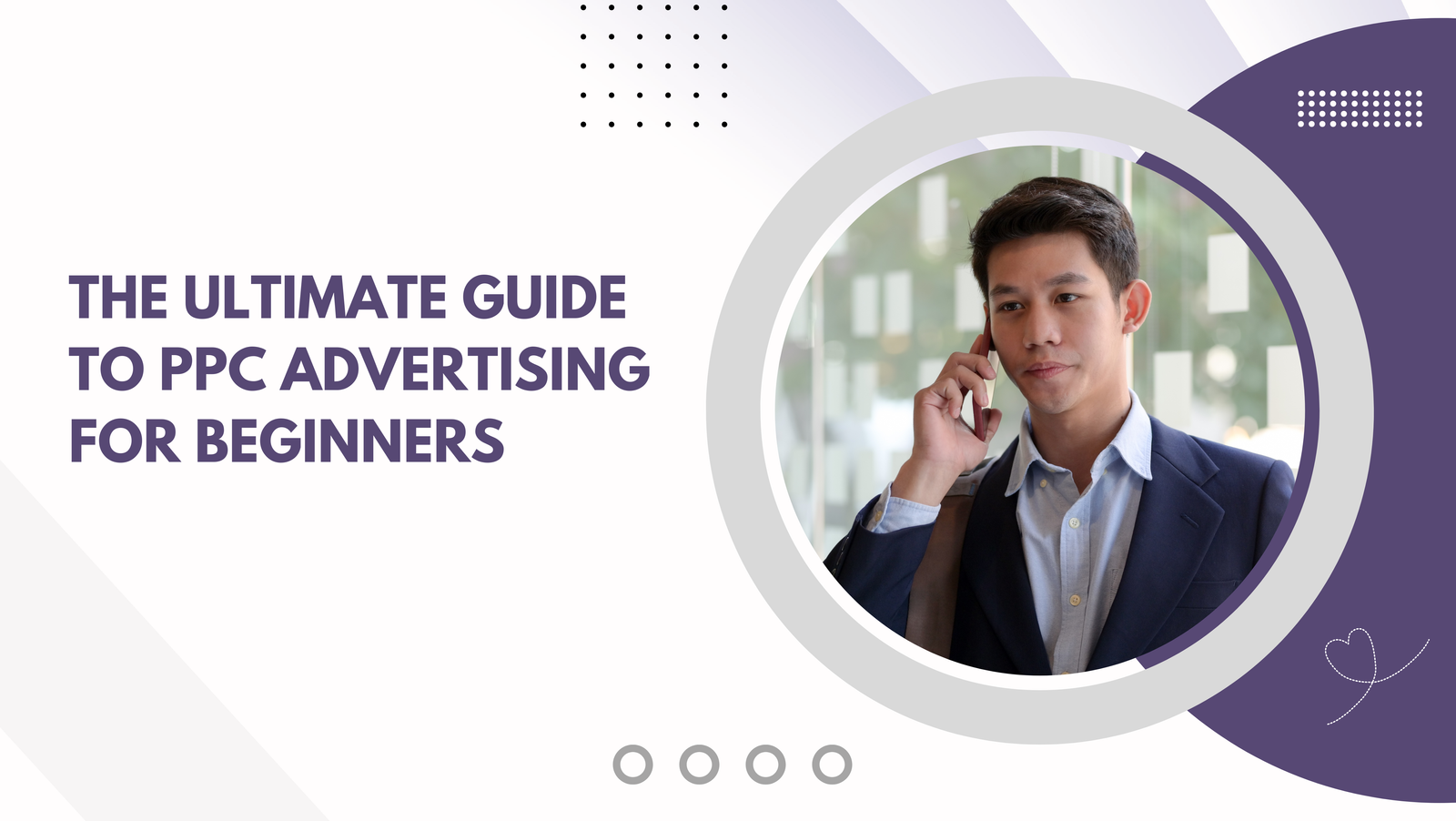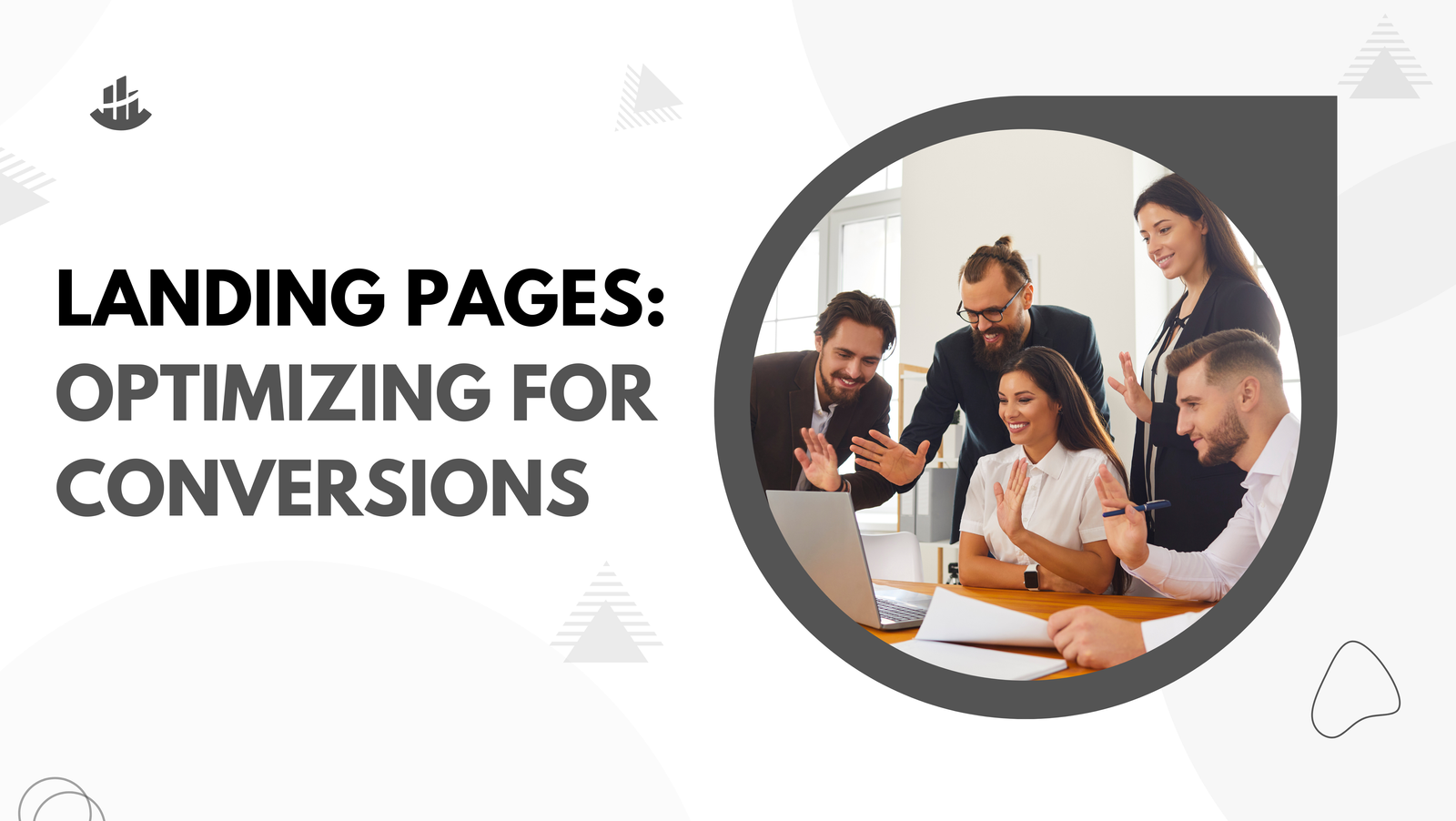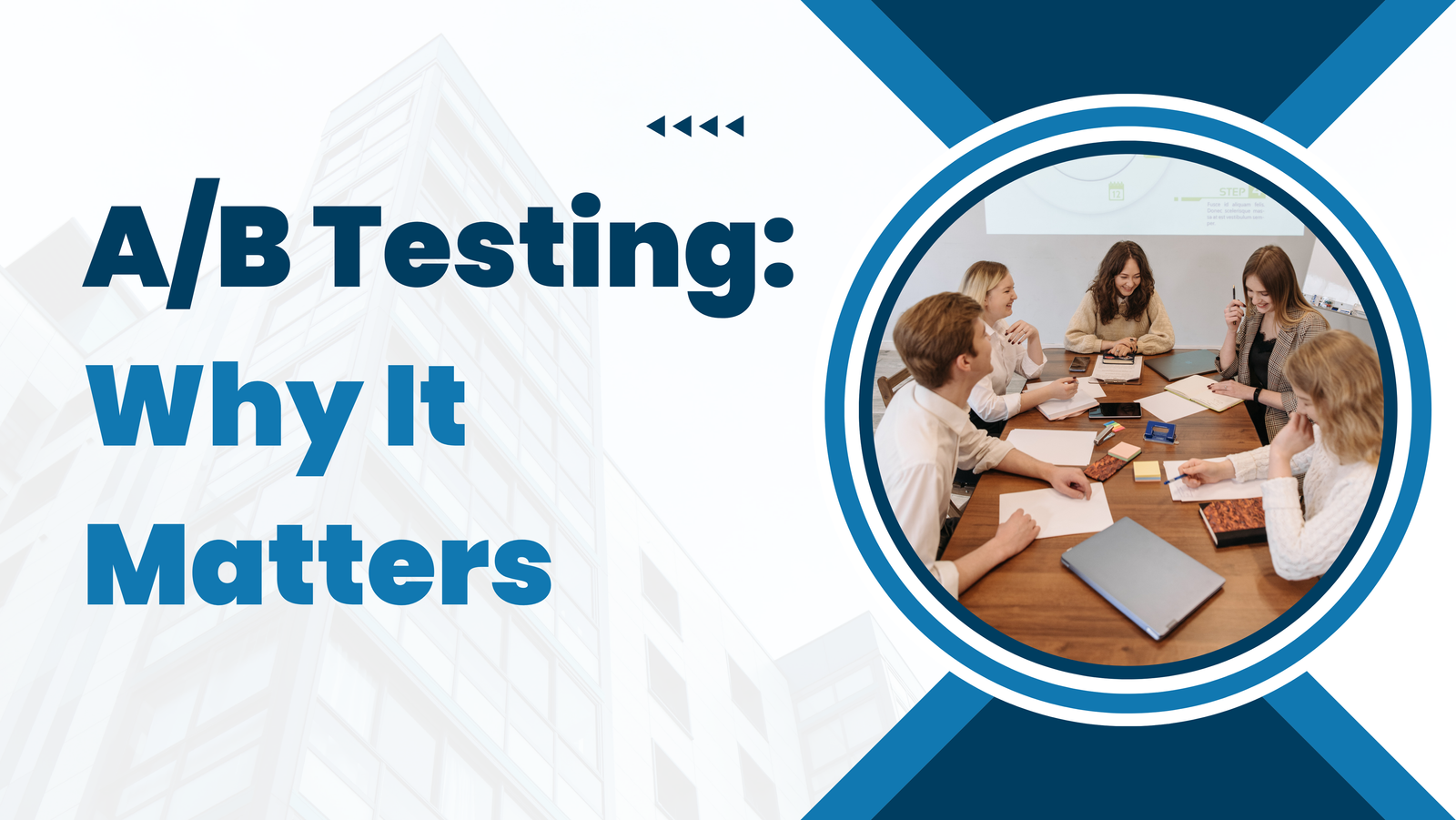
With “The Ultimate Guide to PPC Advertising for Beginners,” readers will learn all they need to know about PPC advertising and how to use it to their advantage. The foundations of pay-per-click marketing are covered in this extensive guide, covering how to develop a winning PPC strategy, carry out keyword research, and start effective campaigns. Beginners will learn how to navigate the world of PPC advertising, tweak their ads for better performance, and eventually increase website traffic with practical insights and best practices. This guide is your go-to resource for learning PPC advertising, regardless of your goals—whether they are to increase sales or improve your online profile.
Table of Contents
- 1 Table of Contents
- 1.1 Introduction to PPC Advertising
- 1.2 What is PPC Advertising?
- 1.3 Why is PPC Important for Businesses?
- 1.4 Key Components of PPC Advertising
- 1.5 Ad Copy: Crafting Compelling Ads
- 1.6 Landing Pages: Optimizing for Conversions
- 1.7 Types of PPC Advertising
- 1.8 Display Ads
- 1.9 Social Media Ads
- 1.10 Remarketing Ads
- 1.11 Setting Up Your PPC Campaign
- 1.12 Setting a Budget and Bidding Strategy
- 1.13 Defining Your Target Audience
- 1.14 Measuring and Analyzing PPC Performance
- 1.15 A/B Testing: Why It Matters
- 1.16 Making Data-Driven Decisions
- 1.17 Common Mistakes to Avoid in PPC Advertising
- 1.18 Poor Ad Copy and Design
- 1.19 Ignoring Mobile Users
- 1.20 Best Practices for Successful PPC Campaigns
- 1.21 Keeping Up with Trends
- 1.22 Utilizing Automation Tools
- 1.23 Conclusion
- 1.24 Frequently Asked Questions
Table of Contents
Introduction to PPC Advertising
One of the best strategies to increase website traffic and lead generation is pay-per-click (PPC) advertising. However, it could be daunting if you’ve never worked in digital marketing before. Fear not! Everything you need to know about PPC advertising will be broken down in this article, making it simple for you to get started.
What is PPC Advertising?
With pay-per-click (PPC) digital marketing, marketers are charged a fee each time their ad is clicked. In essence, it’s a method of purchasing website traffic instead of obtaining it naturally. Advertisers place bids on business-related keywords, and their advertising may show up at the top of search engine results when someone searches for such terms.
Why is PPC Important for Businesses?
PPC advertising provides targeted reach and instant visibility. PPC enables companies to get in front of potential clients immediately, in contrast to SEO, which sometimes takes weeks to produce results. You may increase sales, brand visibility, and audience reach more successfully with the correct approach.
Key Components of PPC Advertising
Keywords and Their Role
The cornerstone of PPC advertising is keywords. Making the appropriate keyword choices guarantees that the right people see your adverts at the right moment. To identify pertinent terms that prospective clients are searching for, use tools such as Google Keyword Planner. To increase your reach and conversion rate, try to use a combination of broad and long-tail keywords.
Ad Copy: Crafting Compelling Ads
To get clicks, your ad copy is essential. Create advertisements that are captivating, succinct, and speak directly to the needs of your target audience. To get users to click, emphasize the advantages and incorporate a compelling call to action (CTA).
Landing Pages: Optimizing for Conversions
Users should be taken to a landing page that carries on the conversation after clicking on your advertisement. Make sure your landing page is optimized for conversions and reflects the promise of your advertisement. Add a user-friendly design, compelling information, and obvious calls to action.

Types of PPC Advertising
Search Ads
When consumers search for particular terms, search adverts show up on search engine results pages. These are the most popular kind of PPC advertisements, and they work quite well to bring in focused traffic.
Display Ads
Visual advertisements known as display adverts can be found on websites all over the internet. They can retarget individuals who have already interacted with your site and assist raise brand awareness.
Social Media Ads
PPC advertising choices are available on social media sites including Facebook, Instagram, and Twitter. Based on user demographics, interests, and habits, these advertisements can be extremely targeted.
Remarketing Ads
Users who have visited your website before but did not convert are the focus of remarketing adverts. These advertisements remind people about your goods and services and entice them to come back.
Setting Up Your PPC Campaign
Choosing the Right Platform
Selecting the appropriate platform is the first step in establishing your PPC campaign. Although Google Ads is the most often used platform, depending on your target audience, other platforms such as Bing Ads and social media networks may also be useful.
Setting a Budget and Bidding Strategy
Establish your spending limit for your PPC campaign. Decide on a bidding strategy that fits your objectives, whether they are to maximize impressions, clicks, or conversions, and set a daily budget.
Defining Your Target Audience
An effective PPC campaign depends on knowing who your target audience is. To produce targeted advertisements that appeal to potential buyers, specify demographics, interests, and habits.
Measuring and Analyzing PPC Performance
Key Metrics to Track
Understanding the efficacy of your PPC campaign requires tracking the appropriate indicators.
A/B Testing: Why It Matters
You can evaluate many ad variations using A/B testing to determine which one works best. To improve your campaigns, experiment with alternative headlines, ad language, graphics, and calls to action.

Making Data-Driven Decisions
Utilize the information you gather to guide your PPC advertising decisions. To keep improving outcomes, make performance-based adjustments to your targeting, ad copy, and keywords.
Common Mistakes to Avoid in PPC Advertising
Neglecting Keyword Research
Ad money can be squandered if keyword research is not done thoroughly. Spend some time identifying high-performing and pertinent keywords for your company.
Poor Ad Copy and Design
You will have trouble getting clicks if your ad copy or design isn’t enticing. Spend time creating attention-grabbing advertisements that motivate people to interact.
Ignoring Mobile Users
Make sure your adverts and landing pages are mobile-friendly because more people are using mobile devices to access the internet. High bounce rates can result from a bad mobile experience.
Best Practices for Successful PPC Campaigns
Continuous Learning and Optimization
The digital environment is ever-evolving. To keep your PPC advertising campaigns innovative and successful, stay current on the newest trends and best practices.
Keeping Up with Trends
Keep an eye on new developments in PPC advertising, like voice search, automation, and artificial intelligence. You can get a competitive advantage by modifying your approach to take advantage of these trends.
Utilizing Automation Tools
PPC campaigns can be made more efficient with the use of automation solutions. To increase productivity and save time, think about utilizing tools for reporting, ad design, and bidding.
Also Reads: The Benefits of Using Automation in Your Email Marketing Campaign
The Impact of A/B Testing on Your Email Marketing Campaign
Using Data Analytics to Improve Your Email Marketing Campaign
Email Marketing Campaign Strategies for E-Commerce Success
The Importance of Mobile Optimization in Your Email Marketing Campaign
Conclusion
PPC advertising is an effective strategy for companies trying to boost traffic and visibility. You can attain remarkable outcomes by comprehending its constituents, establishing your campaigns efficiently, and consistently refining your approach. Never forget that constant learning and flexibility are the keys to success.
Frequently Asked Questions
Q: What is the difference between PPC and SEO?
A: PPC involves paying for traffic through ads, while SEO focuses on earning organic traffic through content and optimization strategies.
Q: How much should I spend on my first PPC campaign?
A: Start with a manageable budget that allows you to test and learn. Even a small daily budget can yield insights to refine your strategy.
Q: Can PPC work for small businesses?
A: Absolutely! PPC can be highly effective for small businesses, allowing them to compete with larger competitors and reach targeted audiences.
Q: How long does it take to see results from PPC?
A: You can often see results within days, but it’s essential to monitor performance and make adjustments over time for optimal results.
Q: What is the average click-through rate (CTR) for PPC ads?
A: The average CTR varies by industry, but a general benchmark is around 2-5%. However, optimizing your ads can help increase this rate.
Add a Comment